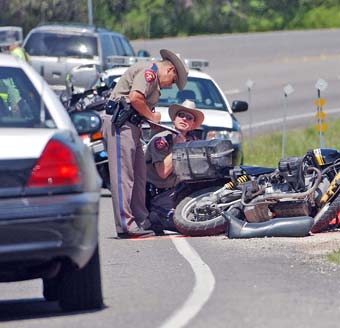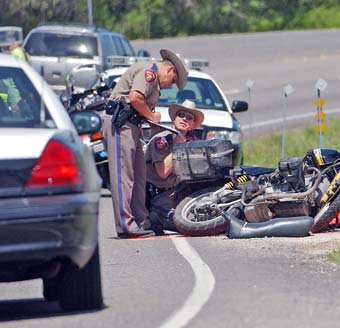
We’ve been fed the line that most bike crashes are caused by riders, but a 10-year study conducted by the University of South Florida’s Center for Urban Transportation Research to 2011 shows the cause is fairly even.
Drivers caused 48% of crashes, riders 47%, no human error 4% and pedestrians and cyclists 2%. (I know that adds up to 101%, but they are probably rounding up figures with fractions to the next whole number.)
The study showed that the biggest cause of crashes with bikes was drivers failing to yield the right of way to motorcycles (36%).
It was followed by careless driving or driver distraction (26%), making an improper turn or lane change without signaling (8%) and following too closely (6%).
The study found that drivers fail to see bikes because they are smaller and are distracted by phones or eating.
Human error was the cause in 96% of bike crashes, with the remainder divided roughly evenly between road surface (loose sand, gravel, water or potholes) and motorcycle malfunction.
What is significant about the Florida study is that the state’s motorcycle registrations increased 3.5 times from 1991 to 2008, while across the US it doubled. Consequently, from 2001-08 bike crashes increased 84.3% compared with 60% nationally.
Interestingly, Florida learner riders didn’t have to do any training until new laws in 2008. The state also only requires riders under 21 to wear a helmet, while those over 21 must have a minimum of $10,000 health insurance.
The study recommended drivers alert motorcycles to their intention by using turn signals and that bikes be given their own lane and space.
It suggested motorists should educate themselves on how riders position themselves on the road.
Drivers cause half of all bike crashes


